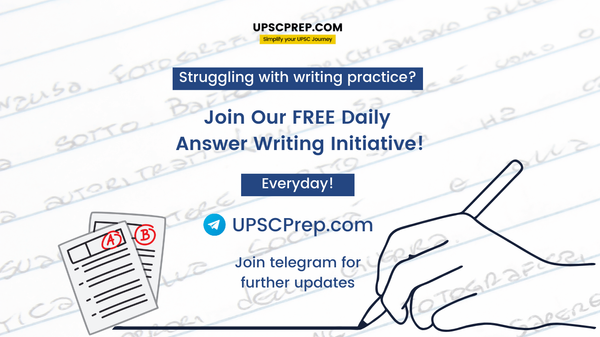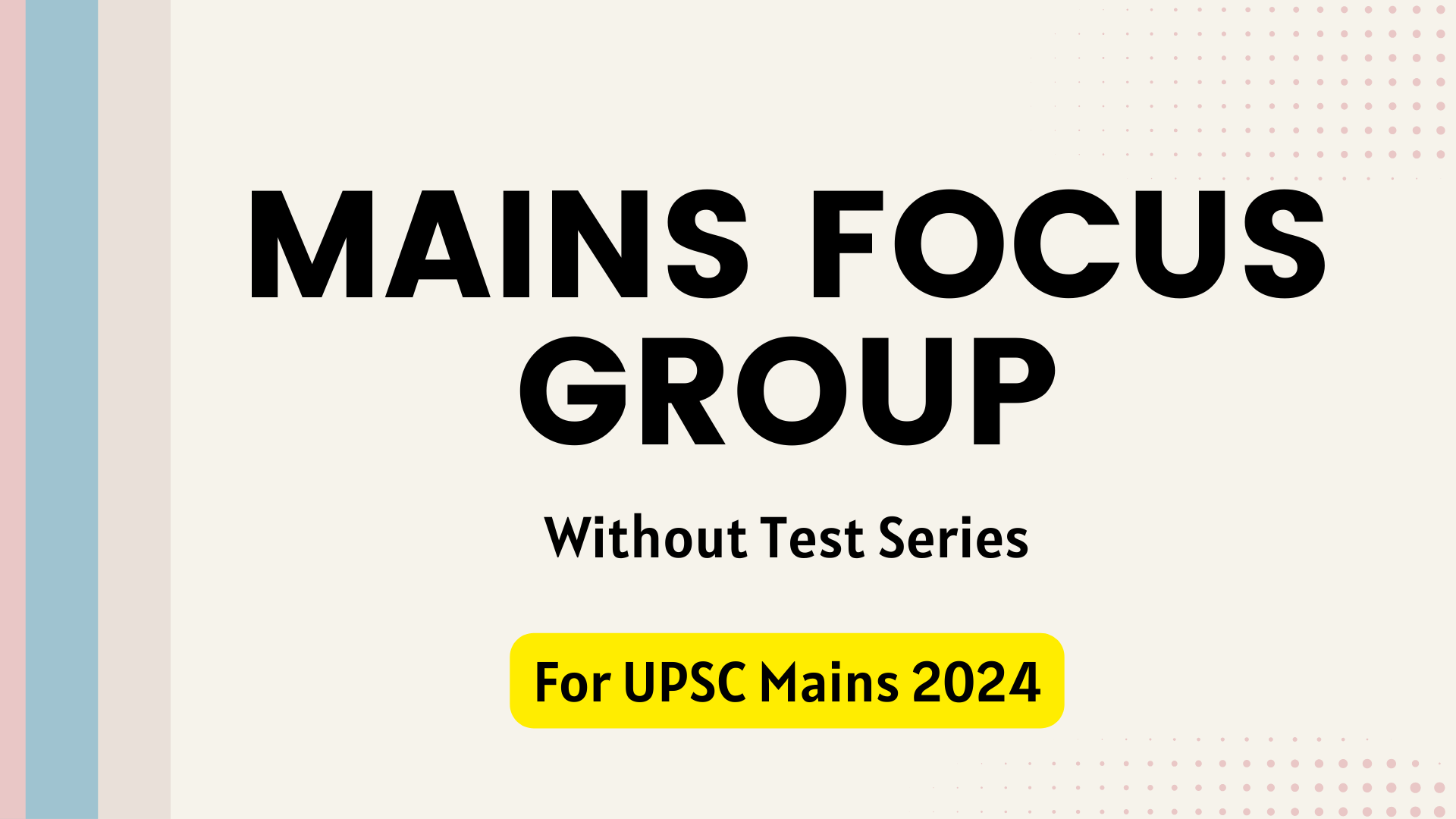Subject: GS 2
Syllabus: Social Justice
Questions
- E-governance can improve socio-economic inclusivity by facilitating health, education, and skill development. Discuss. (150 words, 10 marks)
- E-governance is not only time saving but also citizen friendly which ushers in participatory democracy. Discuss the importance of e-governance and the challenges involved. (150 words, 10 marks)
Download Model Structures PDF
Model Structures
Q1. E-governance can improve socio-economic inclusivity by facilitating health, education, and skill development. Discuss.
(150 words) 10
Introduction
- E-governance involves the application of information and communication technology (ICT) tools to usher in Simple, Moral, Accountable, Responsive and Transparent (SMART) governance. This results in inclusive growth and sustainable opportunity.
Main body
- E-governance has huge potential and applications in fields like agriculture, financial literacy, employment, affordable education, quality healthcare and grievance redressal. It can improve socio-economic inclusivity by-
- Affordable education by-
- Massive online open courses. Eg. SWAYAM portal.
- Digital education which improves accessibility. Eg- the DIKSHA platform.
- Easy access to documents and certificates. Eg- Digilocker.
- Connect higher education institutes for collaborative research. Eg- National Knowledge Network.
- Better health services by-
- Prompt patient feedback by Mera Aspataal application.
- Universal health coverage under the National Digital health Mission by National Health Authority.
- Telemedicine and teleconsultation under e-Sanjeevani and e-Sanjeevani OPD system.
- Skill development by-
- Polytechnic education by online proctored exams.
- Skill enhancement programs and learning management system by NeGD.
- Affordable education by-
- E-governance challenges include-
- Lack of basic infrastructures like electricity and internet, especially in remote interiors.
- Cost of a project is an impediment and affordability of the end user is a disincentive to investment.
- Language barrier as a huge chunk of the population knows only their mother tongue.
- Awareness and interoperability. Many services work in silos and become time-consuming.
- Privacy and security issues due to the rise in cases of data theft and website hacking.
Thus, issues like language can be addressed by providing services in vernacular and the use of cloud computing which reduces the cost of data storage. Eg. Meghdoot is an e-service delivery tool which uses cloud computing.
Conclusion
- E-governance is a promising concept with the potential to reach remote areas of the country. But it needs a robust base which can be provided by high-speed internet and the removal of digital divide. The rollout of 5G services in the near future is pivotal in that regard.
(Additional info - E-governance can also help in financial inclusion and literacy through digital payment tools like BHIM UPI, QR code etc. In digitization of land records for better agricultural development. Eg- Bhoomi portal of Karnataka and Bhulekh of Uttar Pradesh. )
Q2. E-governance is not only time saving but also citizen friendly which ushers in participatory democracy. Discuss the importance of e-governance and the challenges involved. (150 words) 10
Introduction
- E-governance is the application of information and communication technology to bring in more efficiency, transparency, accountability and accessibility in governance.
- The World Bank defines e-governance as the use of information technology which can transform government relations with businesses and citizens, and also at an intra-governmental level.
Main Body
- Importance of e-governance
- It has enabled swift transfer of information with better data storage and retrieval systems for all the stakeholders involved like citizens, businesses, governments etc. Eg. Bhoomi Project (Karnataka), MCA21 Portal.
- More digital penetration means more awareness among citizens and more use of their rights for vibrant and functioning democracy. Eg. Awareness about PDS after mandatory biometric verification.
- It enables bypassing of red tapism, delays and complex approvals which affect smooth functioning of the governance process. Eg. Setu Suvidha Kendra
- There is a feedback system like in case of citizen charter by which organizations and authorities know what improvements need to be done in line with changing times and demands. Eg. myGov portal
- A lot of government procurement for office work goes in stationery which e-governance eliminates. This not only prevents extra recurring expenditure but also makes the process hassle free.
- Challenges
- Digital divide and lack of awareness is the biggest hurdle as people either don’t have access to means required for e-governance or lack the required skills to access it.
- Affordability- cost of setting up digital infrastructure to provide as well as access e-governance services is huge.
- Lack of skilled workforce and human resources.
- Data security and privacy issues- If the servers are not located in India, there is a risk of data compromise.
- Just like the linguistic barrier in case of citizen charter, there is this barrier also in case of e-governance which excludes a lot of people who are comfortable only in their mother tongue.
Conclusion
- E-governance is a very important tool to usher in smart and effective governance but it is not possible without focusing on ease of governance. This can be done by making digital services more affordable and accessible so that even the weakest section can avail them.

